After blowing up the photo to life size, I traced the outline onto a couple of sheets of 6mm plywood, joining the pieces with a few strips of other wood. The point of the construction was to make it all capable of being burned out, as this was to be cut into pieces and cast in lost wax. Where possible, I glued wood together.
My studio was only 2000 sq ft, with room required for machinery and lots of other activities, so the rolling feature is something I add to everything possible in the studio. At the time, I had access to an adjoining empty room, so, in short order, I could swing all my storage and work benches into that room, leaving a blank space of about 600 sq ft with windows two sides. It’s been great, working every day on the bank of a lovely, treed river, high enough up to catch breezes.
Next step was to grab saws, an electric chain saw, a recipro saw, and my 4 ½” grinder with 20-grit discs. All kinds of effort with large muscle groups, a few brain cells engaged, styro beads everywhere, especially in the corners of the eyes and in the underwear. Lots of noise, of sturm und drang. Some pauses, staring at photos, wondering what the heck was happening between skin and bone.
I needed a miracle, I guess. Without knowing what I needed. One arrived.
Or two.
Continued in Part Three.
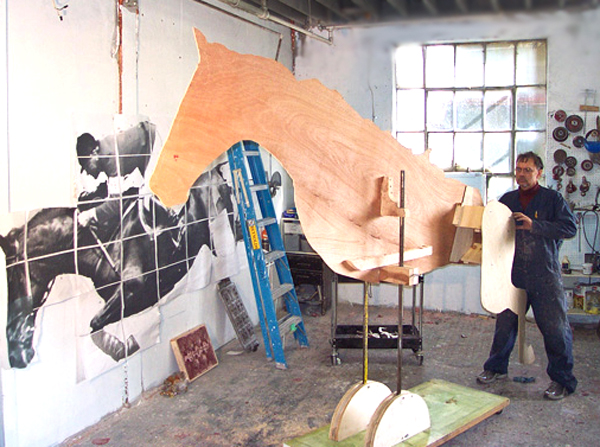
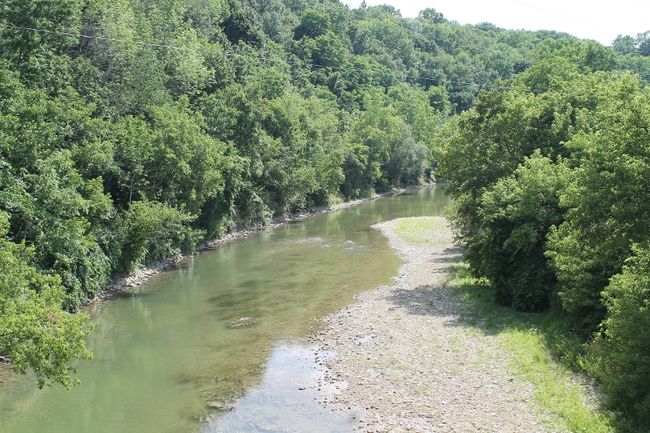
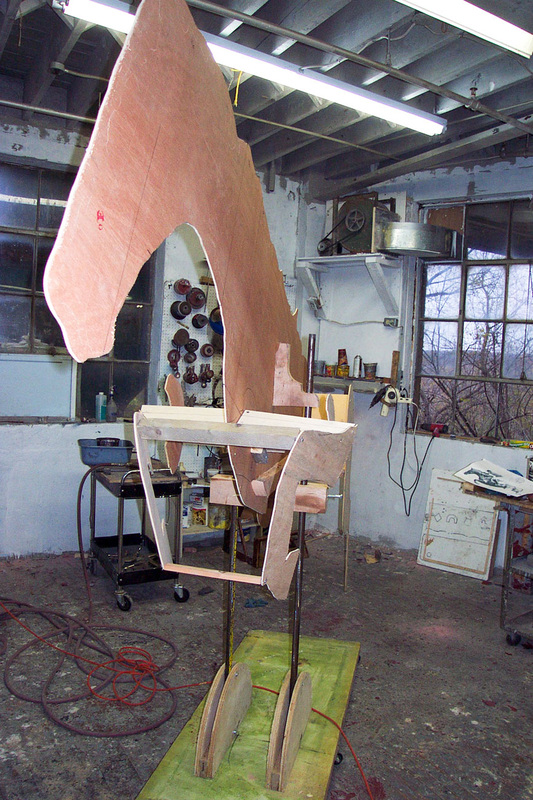
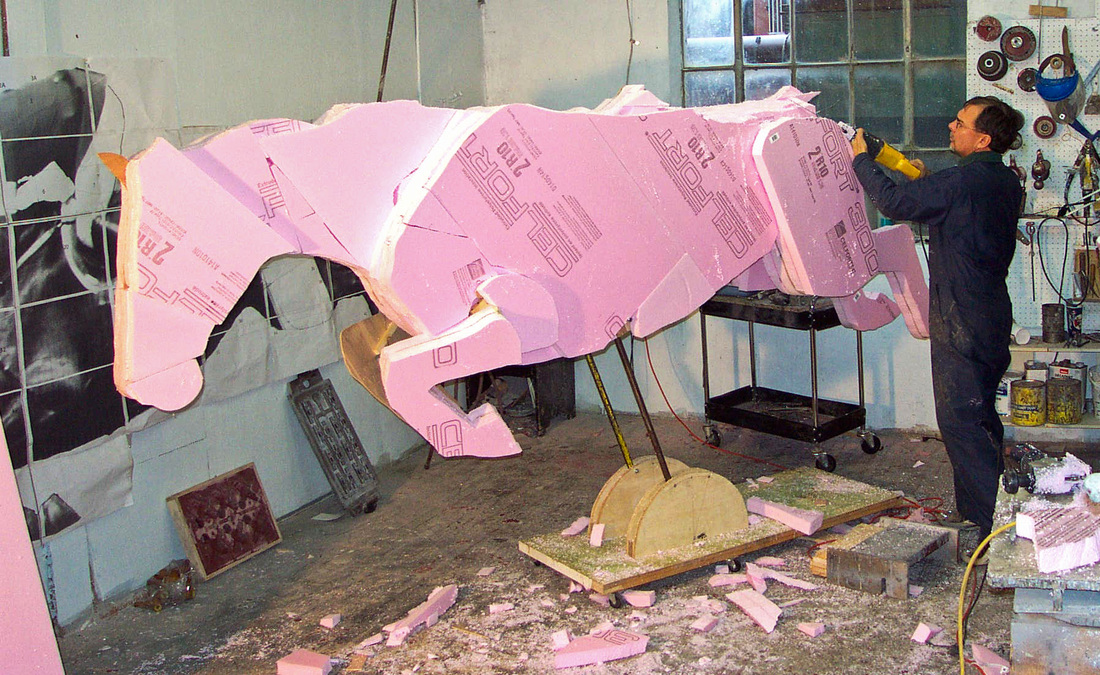
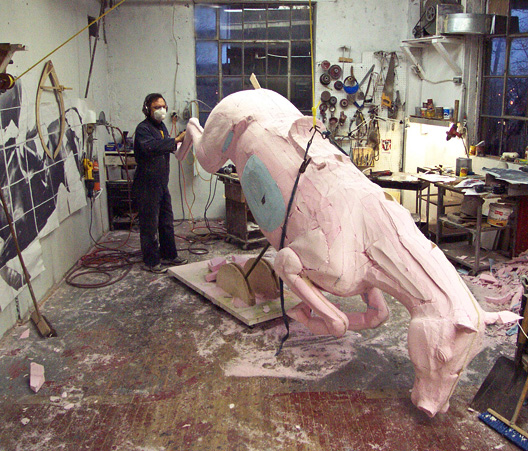
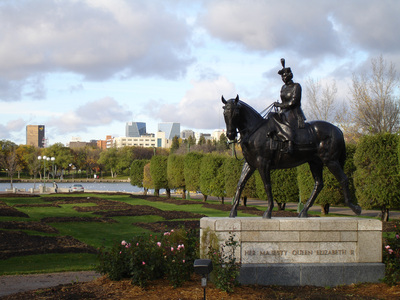
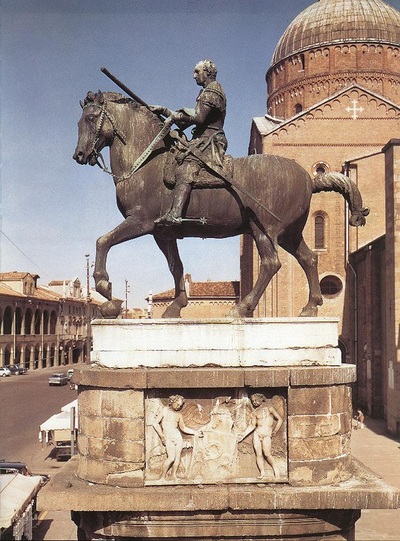
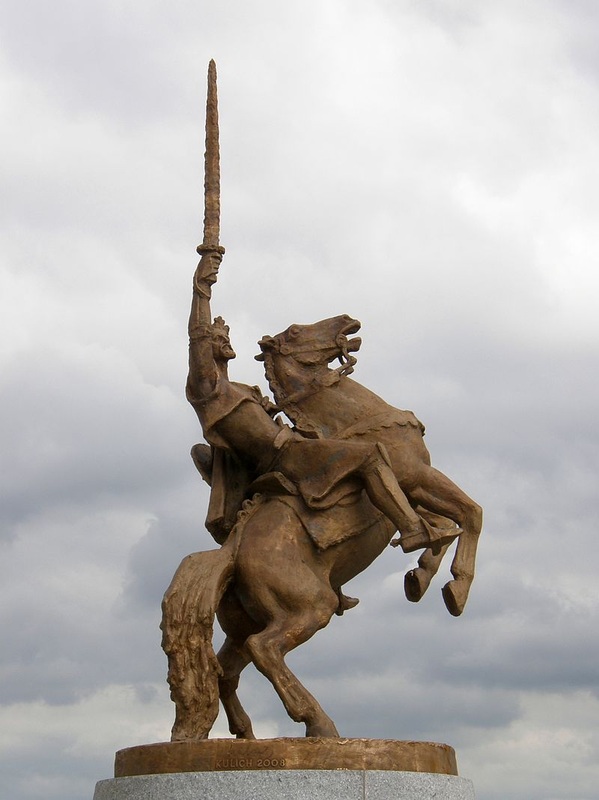
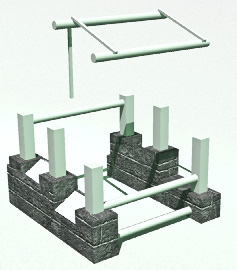
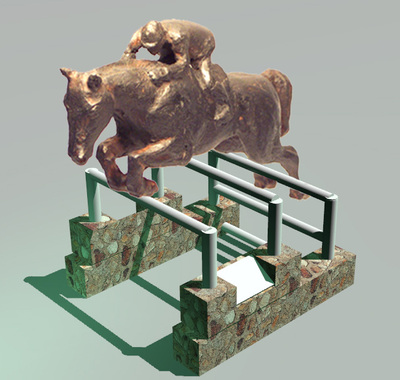
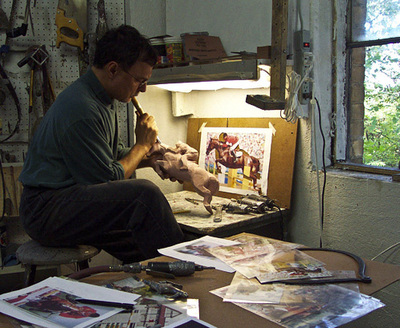
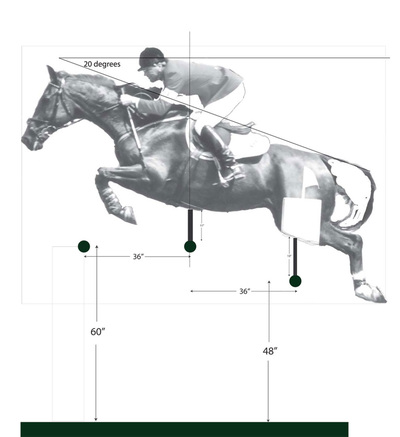
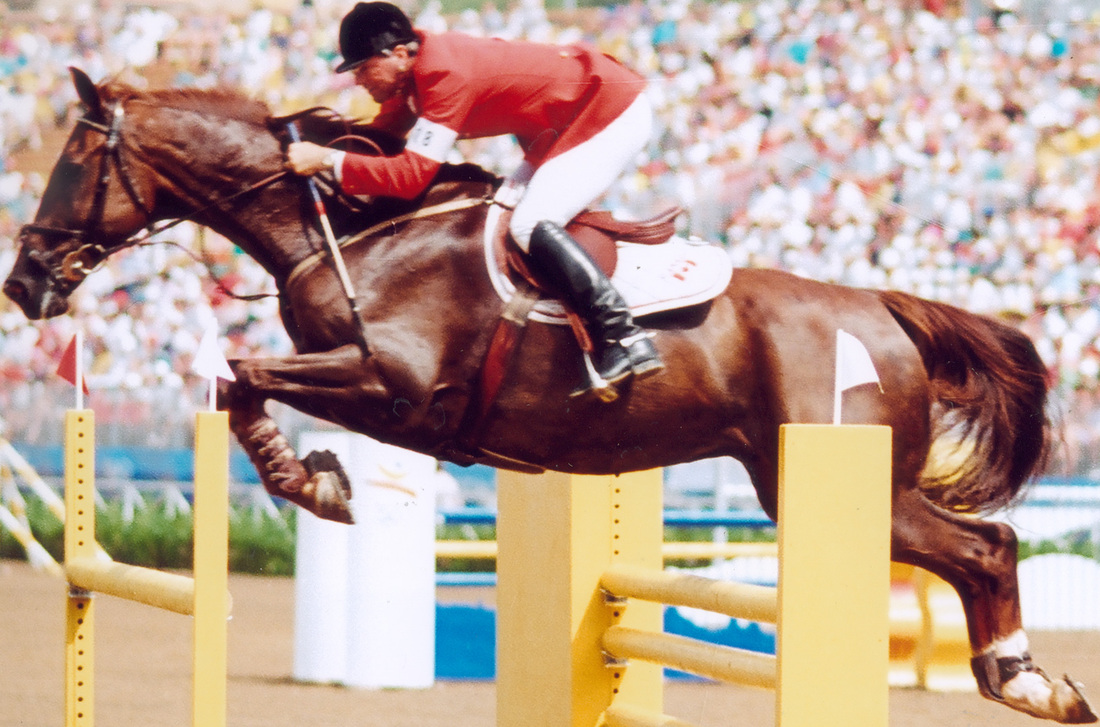
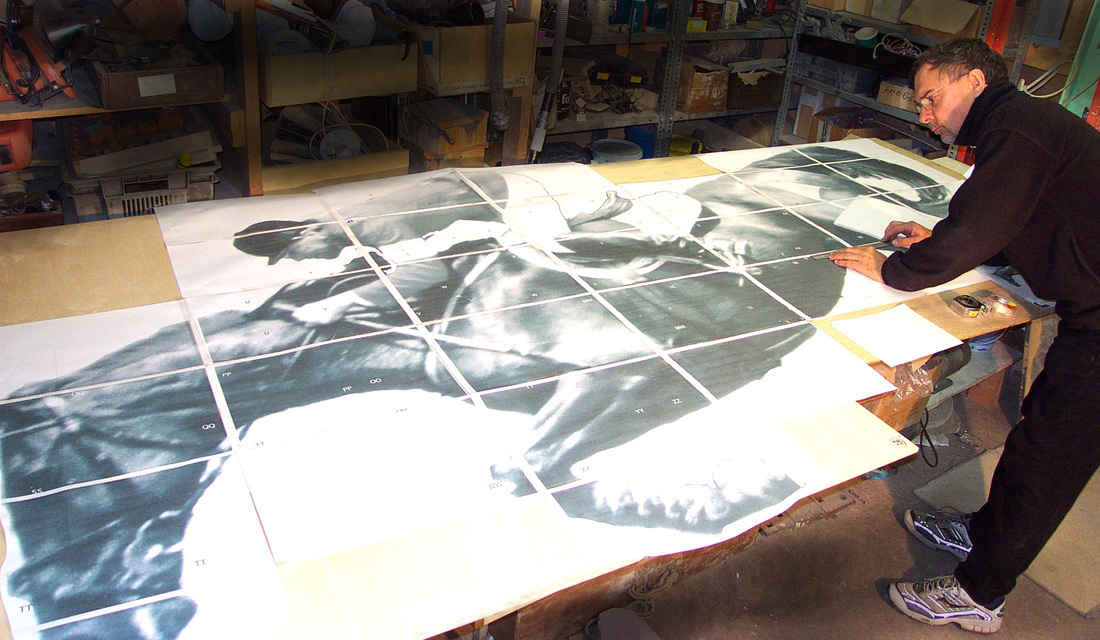
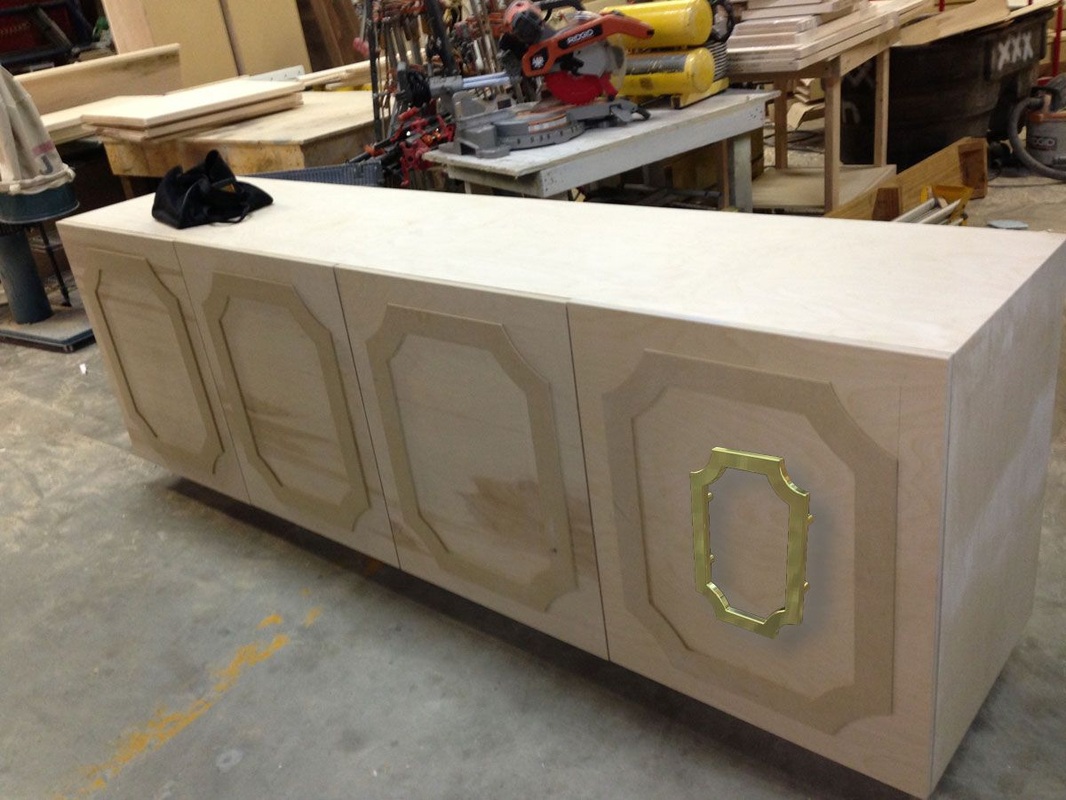
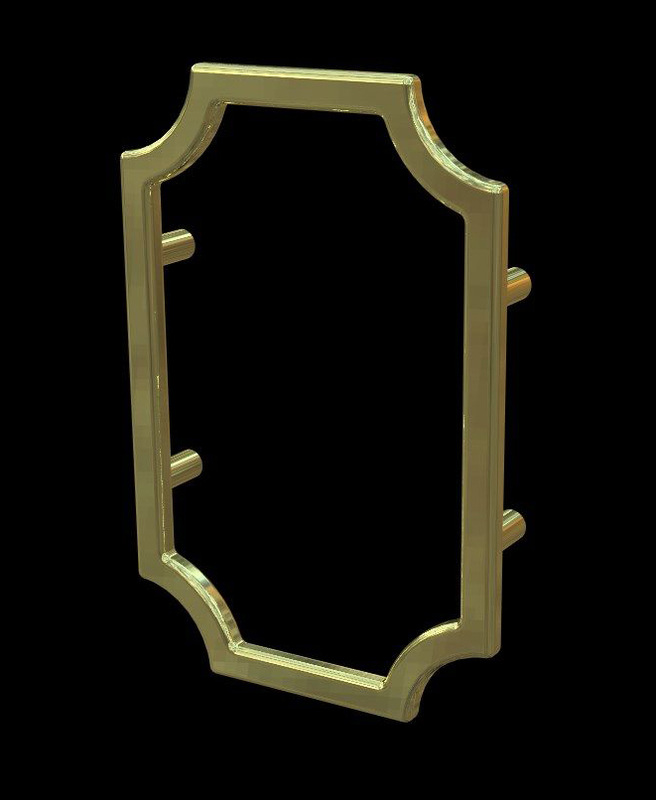
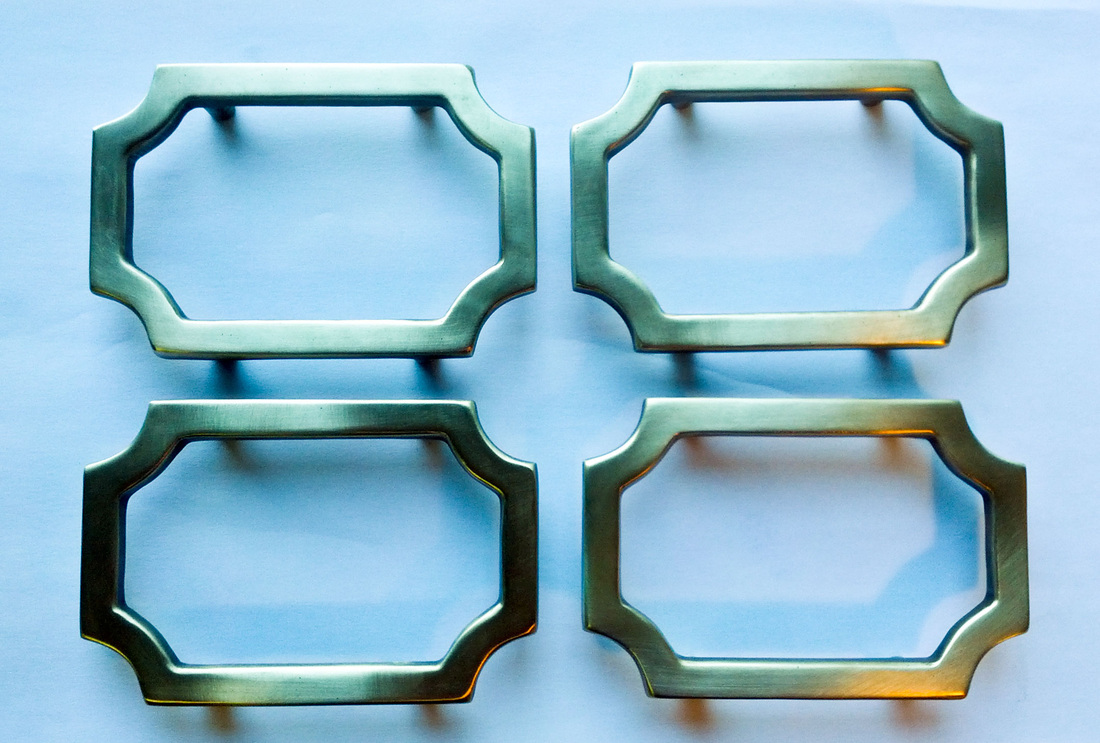
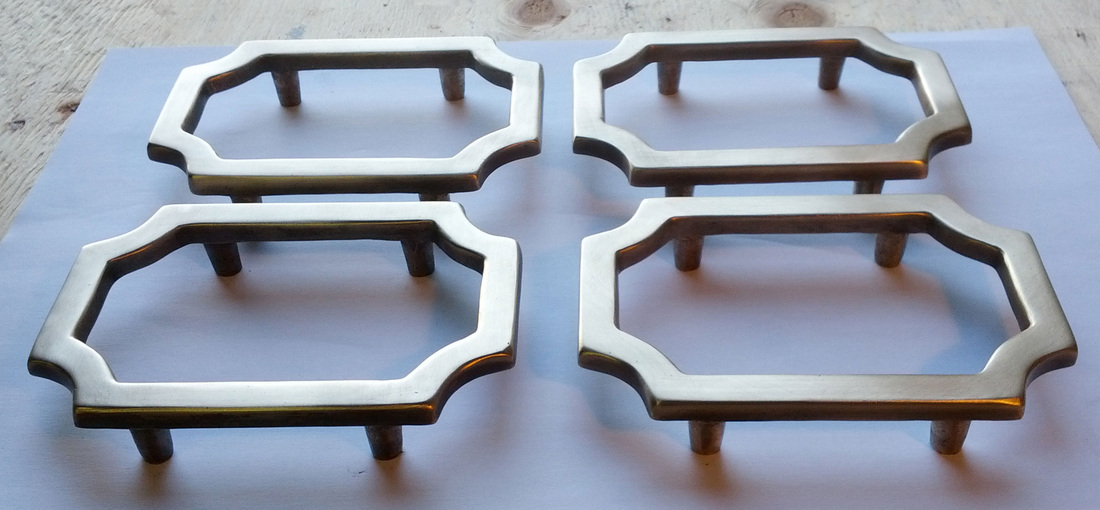
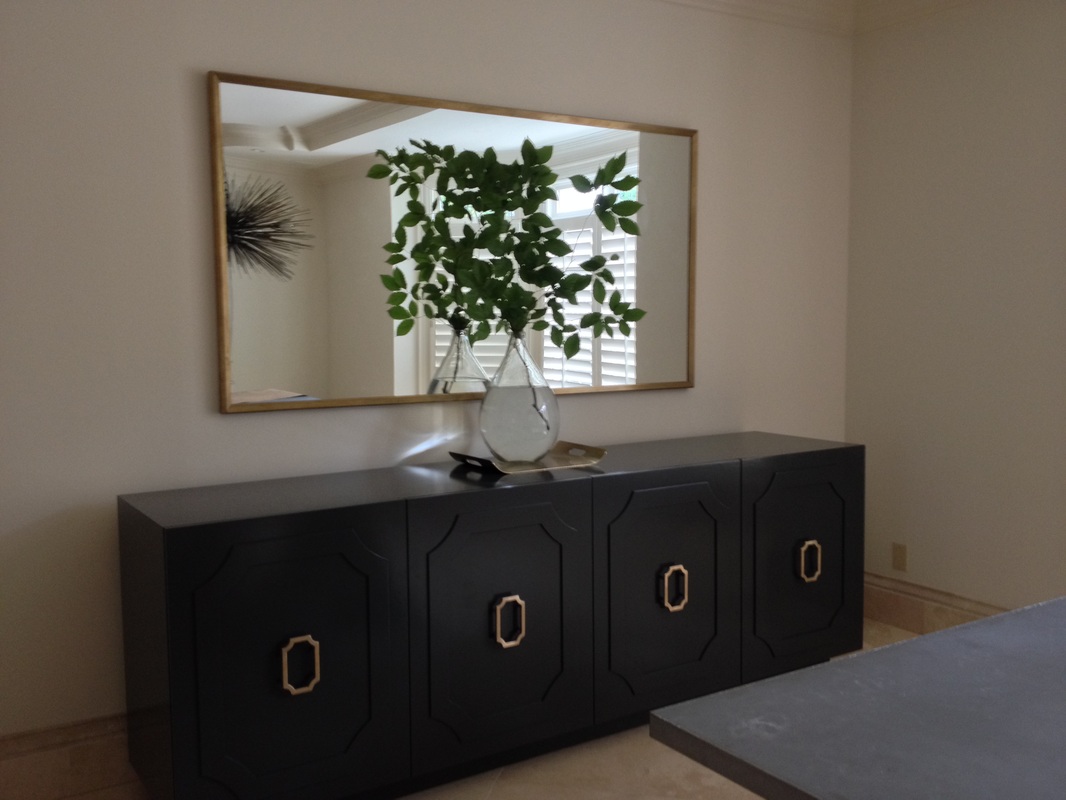
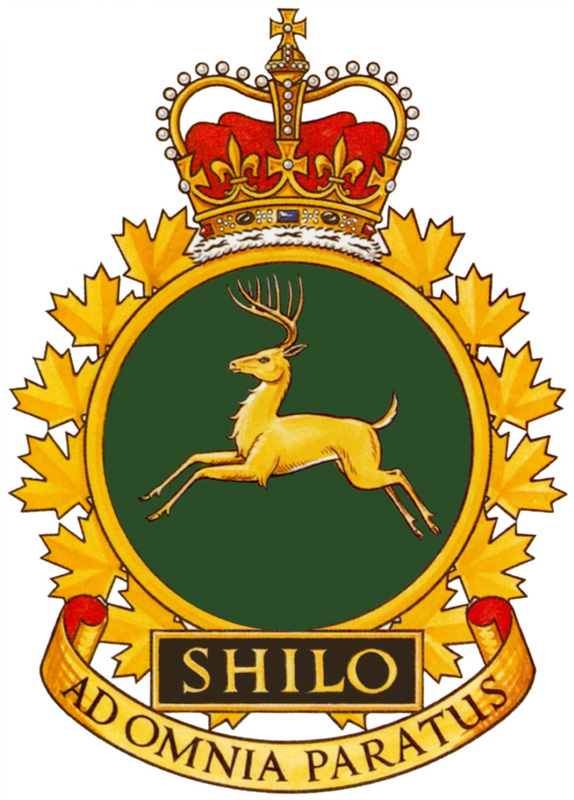
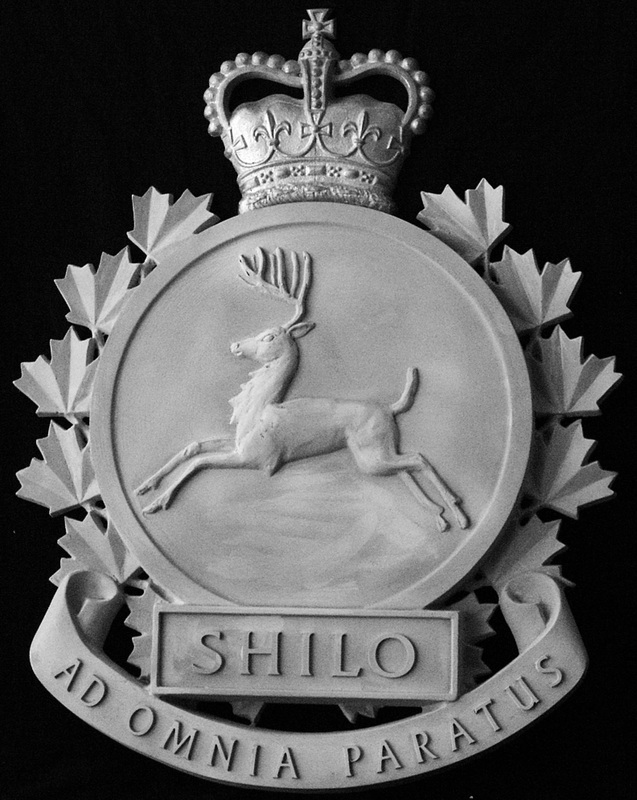
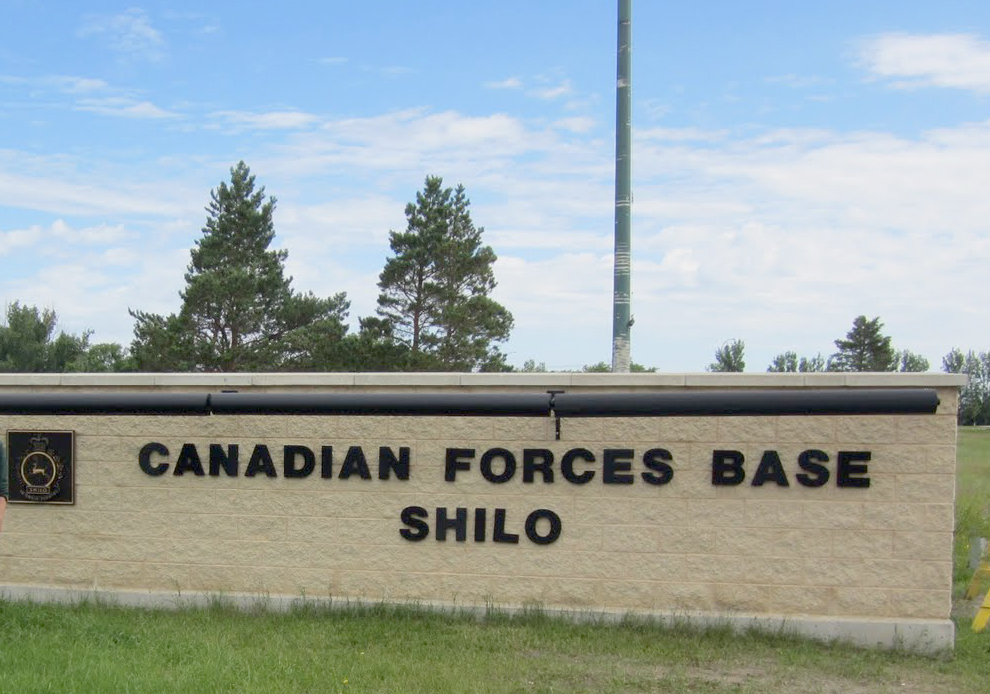
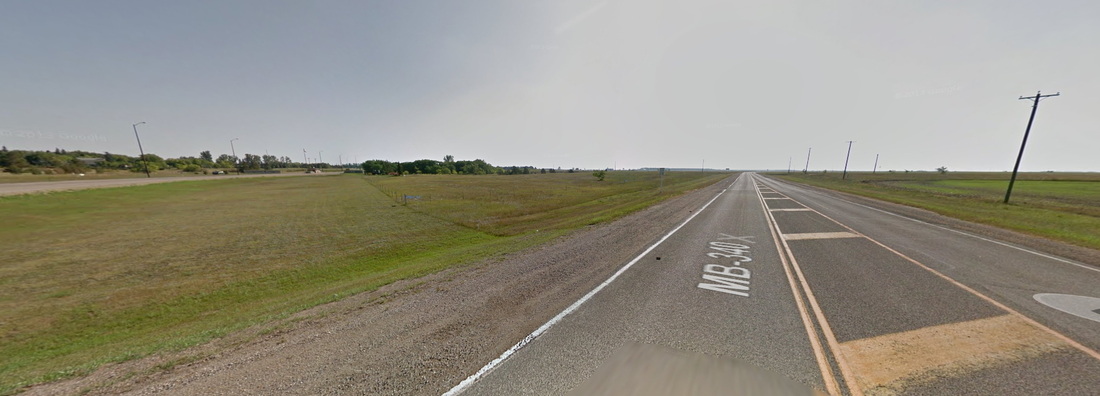
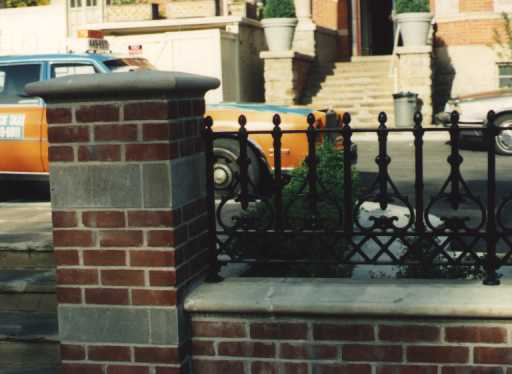
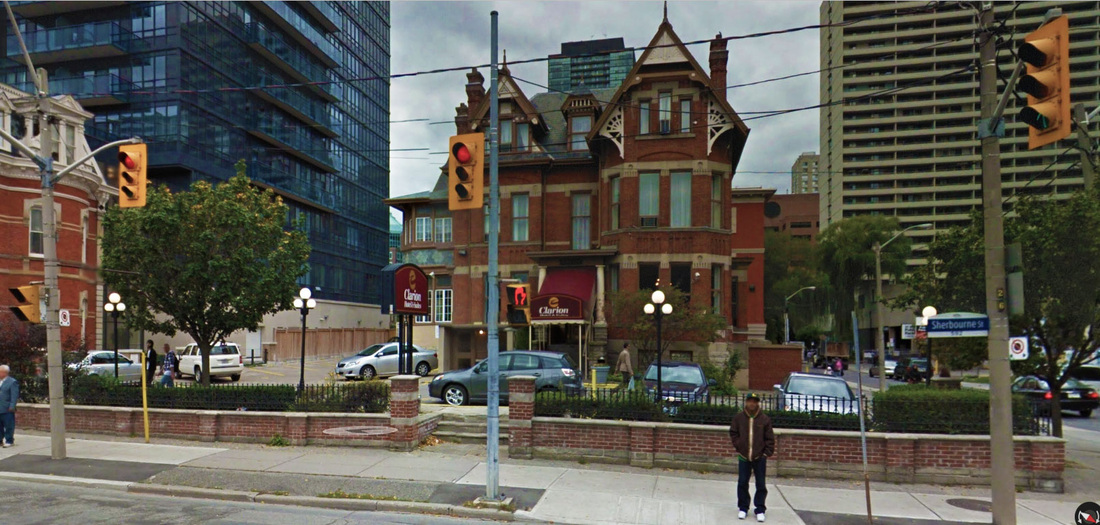
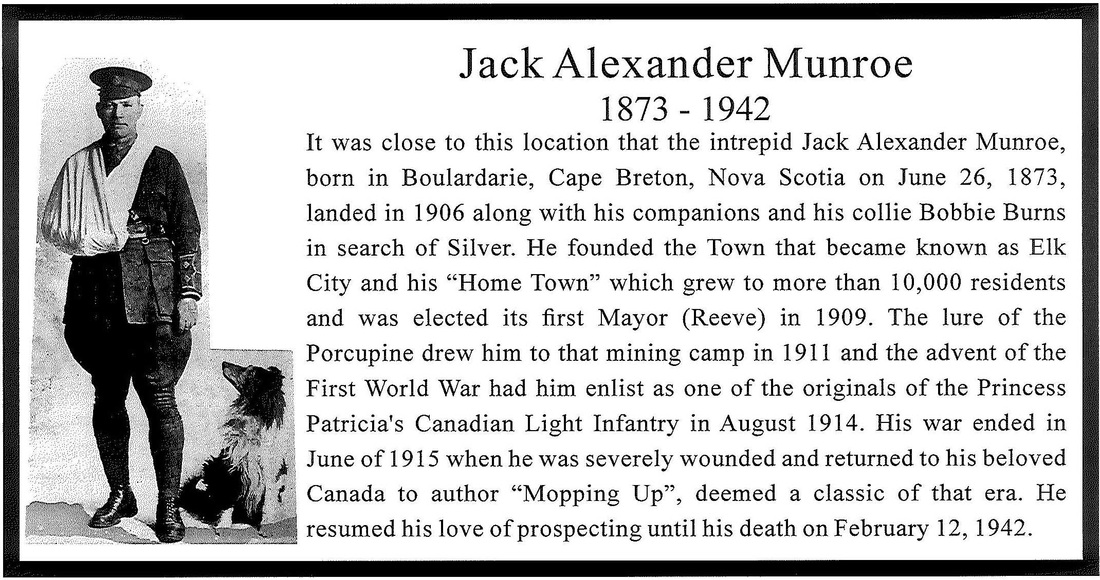
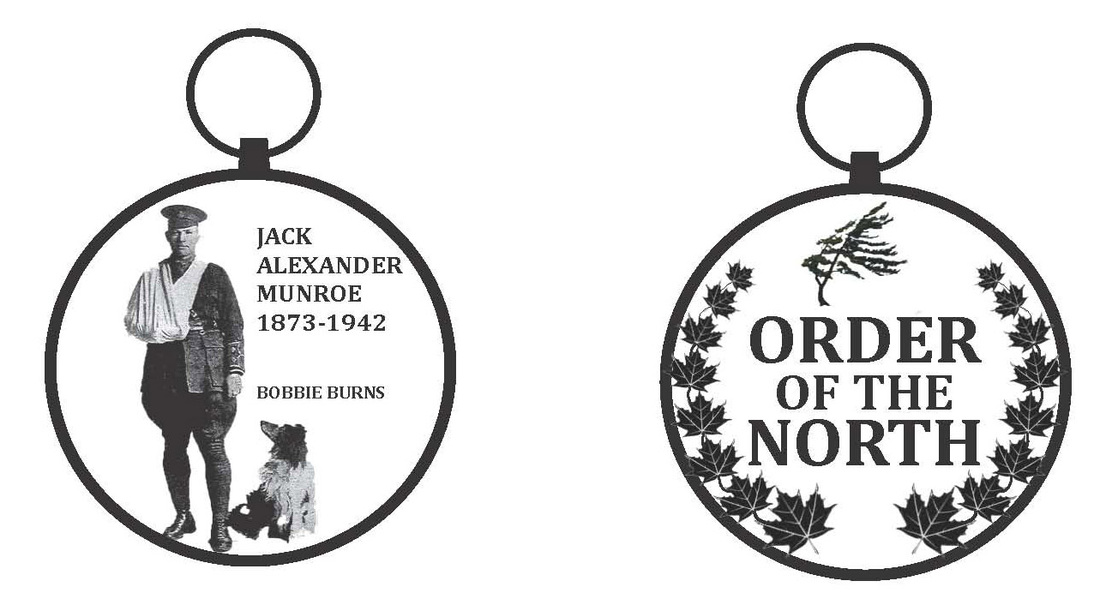
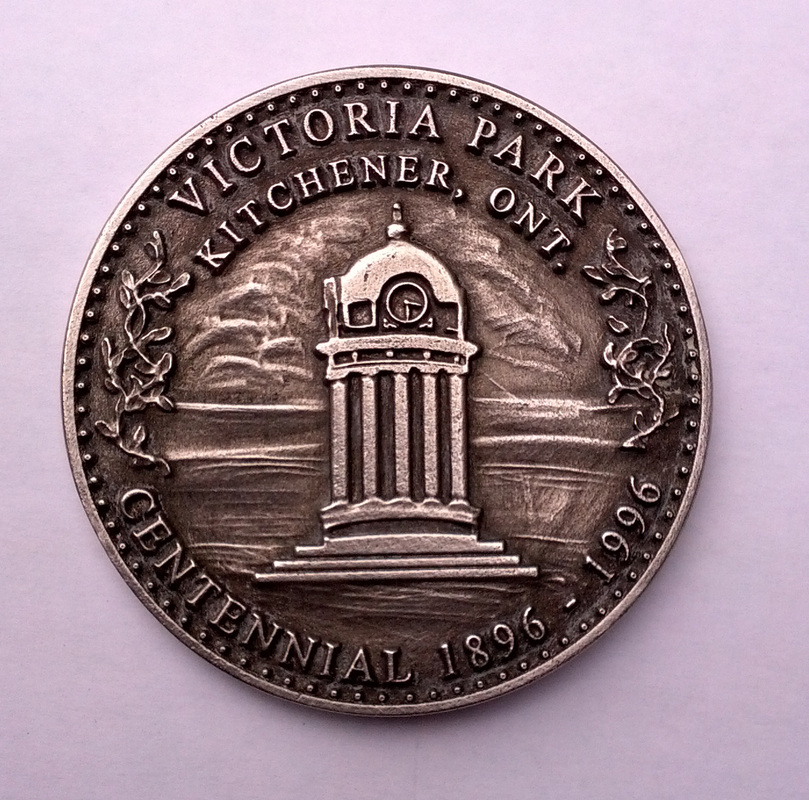
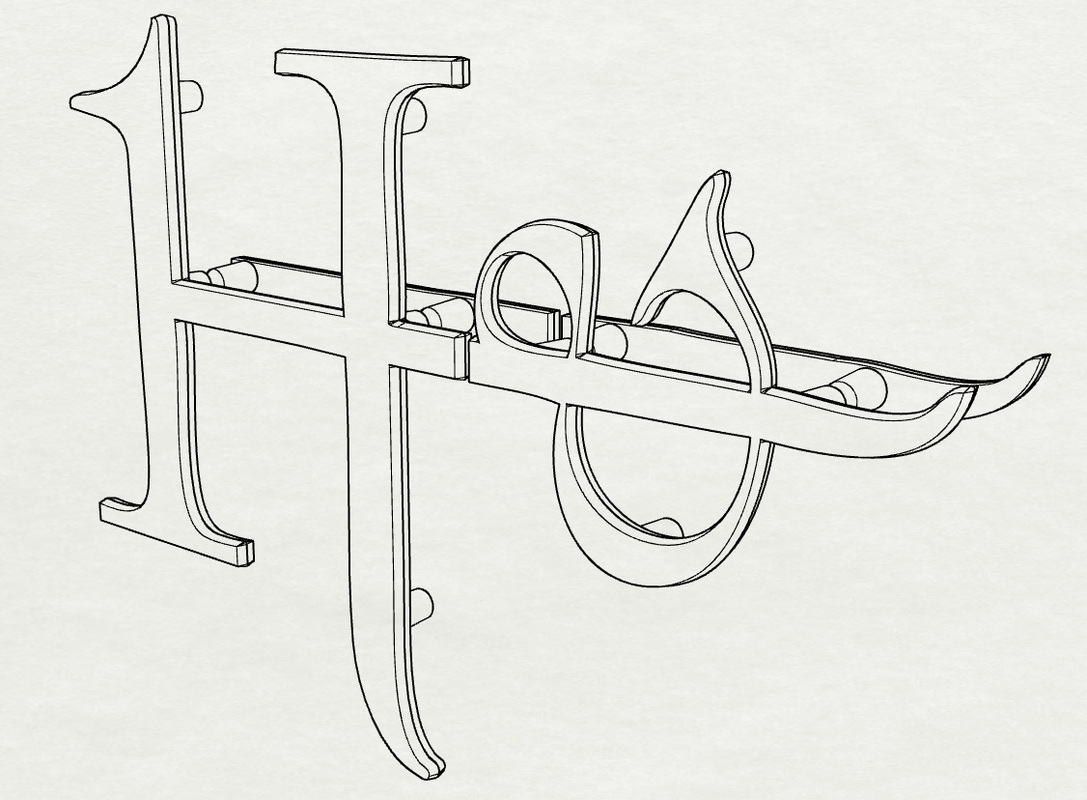
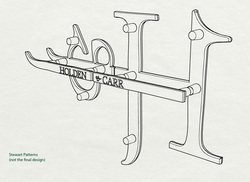
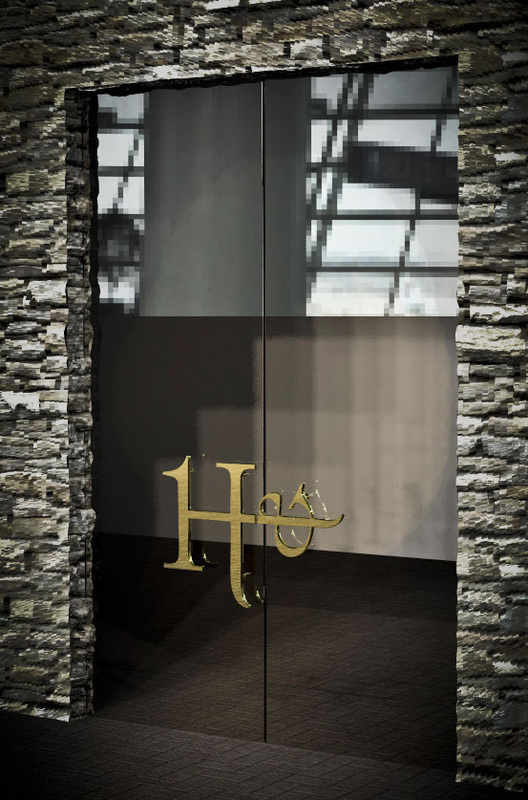
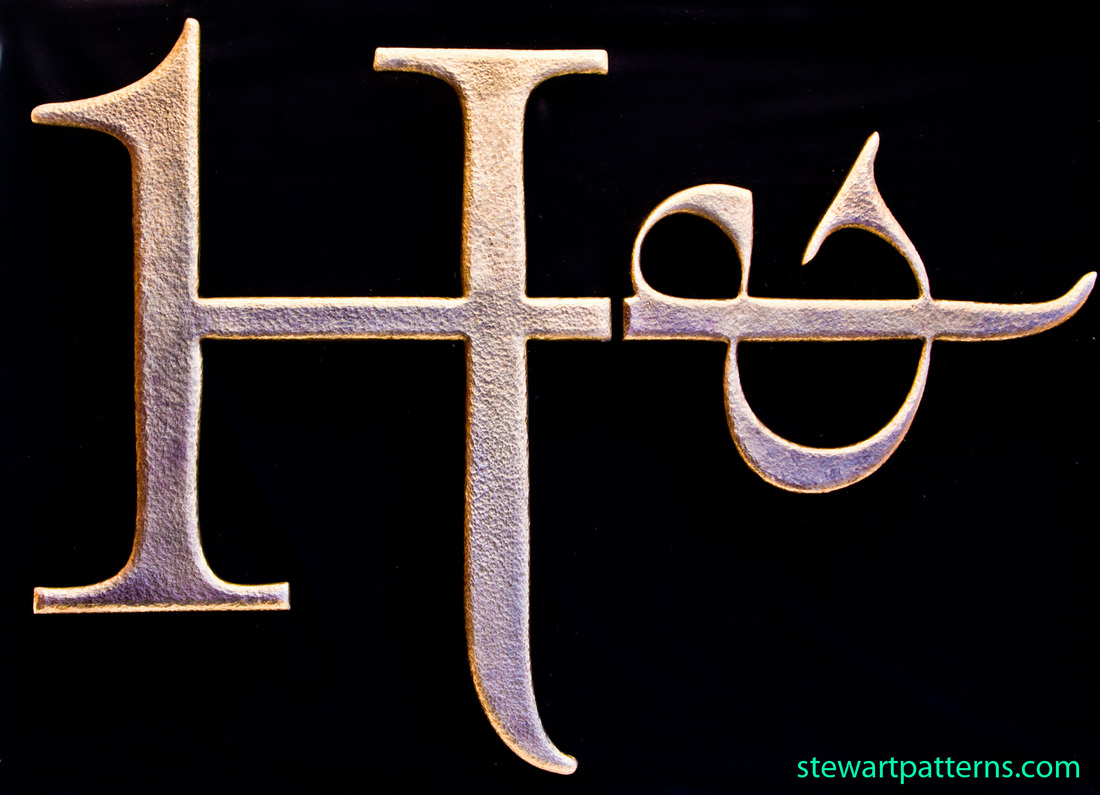
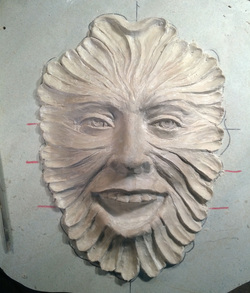

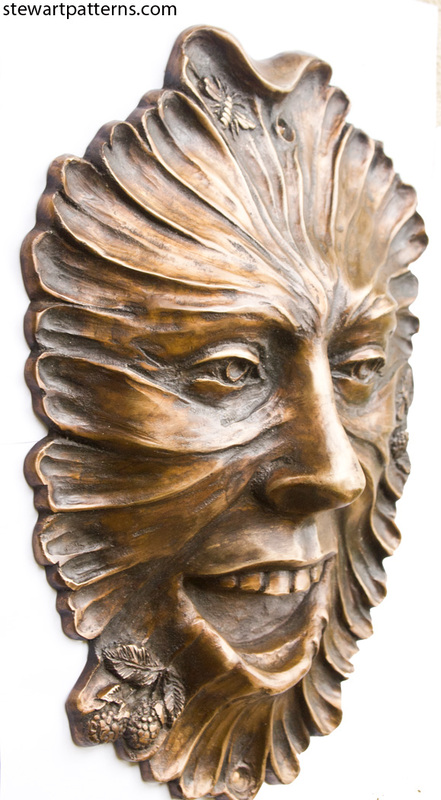
 RSS Feed
RSS Feed
